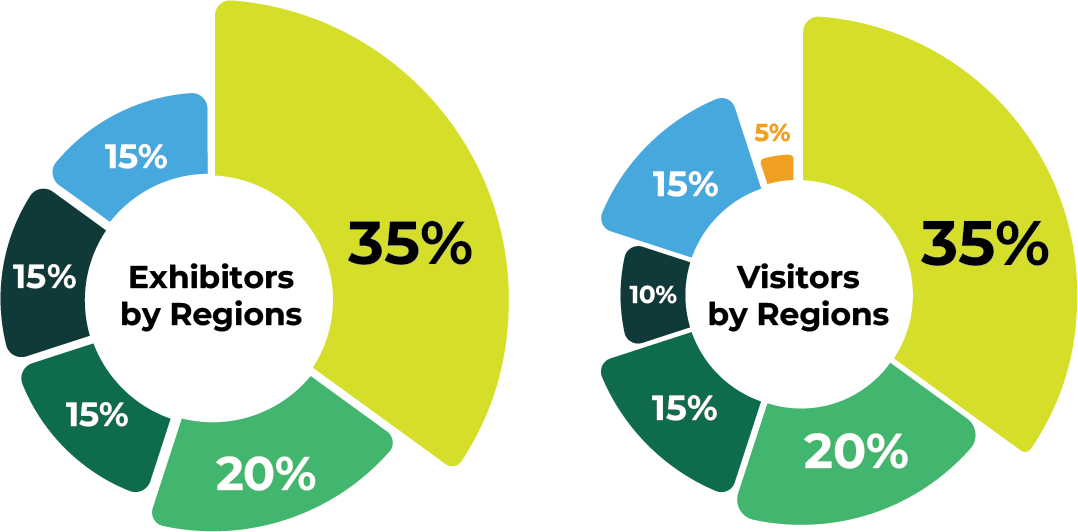Understanding EV Charging Solutions
As electric vehicles (EVs) continue to gain popularity across Asia, the demand for efficient ev charging solutions soars as well. These solutions play a pivotal role in ensuring drivers can recharge their vehicles conveniently and quickly, thereby supporting the growing ecosystem of electric mobility. For instance, many urban areas are now implementing smart charging stations that not only provide energy but also utilize renewable sources, making it eco-friendly. Imagine driving through Bangkok and effortlessly finding a charging station located near a café where you can relax while your car charges. This approach not only enhances the user experience but also offers an avenue for city planners to integrate green technology into urban infrastructure. As these solutions evolve, partnerships between charging infrastructure companies and EV manufacturers become essential to establish a seamless charging network. With options ranging from home charging stations to public fast chargers, adapting to electric mobility never felt easier.

The Role of Automated Unit Testing
In the realm of software development, ensuring the quality and functionality of applications is paramount. This is where automated unit testing comes into play. Automated testing allows developers to run tests on their code automatically, which saves time and reduces human error. For example, in a busy tech environment like Singapore, where software releases happen frequently, automated testing ensures that new features do not introduce bugs into existing applications. This means customers experience fewer disruptions and enjoy smoother service. Without such testing, developers may unknowingly release faulty applications, leading to unhappy users and potentially lost business. By adopting automated unit testing, teams can focus on innovation rather than spending excessive time on manual checks, ultimately speeding up the development process. Emphasizing a robust testing strategy enhances the reliability of software products, enabling companies to maintain their competitiveness in the technology-driven market.

Conclusion: Choose Mobility Tech Asia for Advanced Solutions
To navigate the complexities of modern mobility technology, including ev charging solutions and automated unit testing, it is essential to partner with a brand that understands the landscape. Mobility Tech Asia not only supplies cutting-edge technologies but also provides a comprehensive support system that benefits users and developers alike. Their focus on innovation, sustainability, and user convenience sets them apart in the market. By choosing Mobility Tech Asia, you ensure access to top-tier solutions that cater to the needs of today’s and tomorrow’s mobility challenges. Together, we pave the way for a more efficient, eco-friendly future in transportation technology.
Expanding on EV Charging Solutions
As electric vehicles continue to fill the roads, reliable ev charging solutions are more important than ever. These charging options significantly influence the decision to switch to electric cars. Cities that install user-friendly charging stations create convenience for drivers, making them look for places not just to charge, but to enjoy their time while waiting. For example, consider a user who charges his electric car at a mall. With access to shops and restaurants nearby, charging becomes less of a chore and more of an outing. Innovative companies are now developing apps that not only locate charging stations but also show real-time availability, so drivers can plan their routes better. Furthermore, fast charging technology is improving, allowing drivers to charge their vehicles quickly while minimizing wait times, making the prospect of going electric even more appealing. Overall, the effectiveness of these charging solutions can greatly influence the adoption of electric vehicles, leading to a greener future.
Highlighting the Importance of Automated Unit Testing
In the fast-paced tech environment, knowledge of automated unit testing is crucial for developers aiming to deliver high-quality software. This testing practice helps in verifying that each small part of the software performs as expected before it goes public. The process allows developers to catch bugs early, which means less time and cost are spent later on fixing issues. For instance, a financial app that undergoes automated unit testing ensures all features, from data encryption to transaction processing, work seamlessly. If bugs were to arise post-launch, it could lead to user distrust and financial loss. Additionally, automated unit tests run consistently allow for ongoing development without the need to put everything on hold when adding new features. When developers implement this practice, they significantly enhance software reliability and user satisfaction. As technology continues to evolve, adopting automated unit testing will remain a significant factor in ensuring quality, efficiency, and a competitive edge among software developers.
